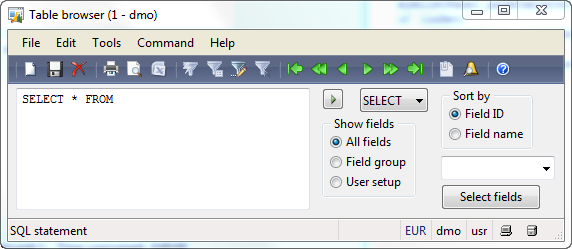When you create a report that shows dimensions, which code do you need to add to the report to allow the user to select which dimensions are displayed?
This is how the dialog looks like:
Code:
classDeclaration
DialogGroup dialogDimGroup;
InventDimParm inventDimParm;
initParmDefault
inventDimParm.initItemDimAllGrp();
if (InventParameters::find().MultiSiteActivated)
inventDimParm.InventSiteIdFlag = true;
dialog
dialog = super(_dialog);
dialogDimGroup = inventDimParm.addFieldsToDialog(dialog,"@SYS53654",true, false, "@SYS102592");
getFromDialog
inventDimParm.getFromDialog(dialog,dialogDimGroup);
run
InventDimCtrl::updateReportVisible(element, inventDimParm);
super();



















